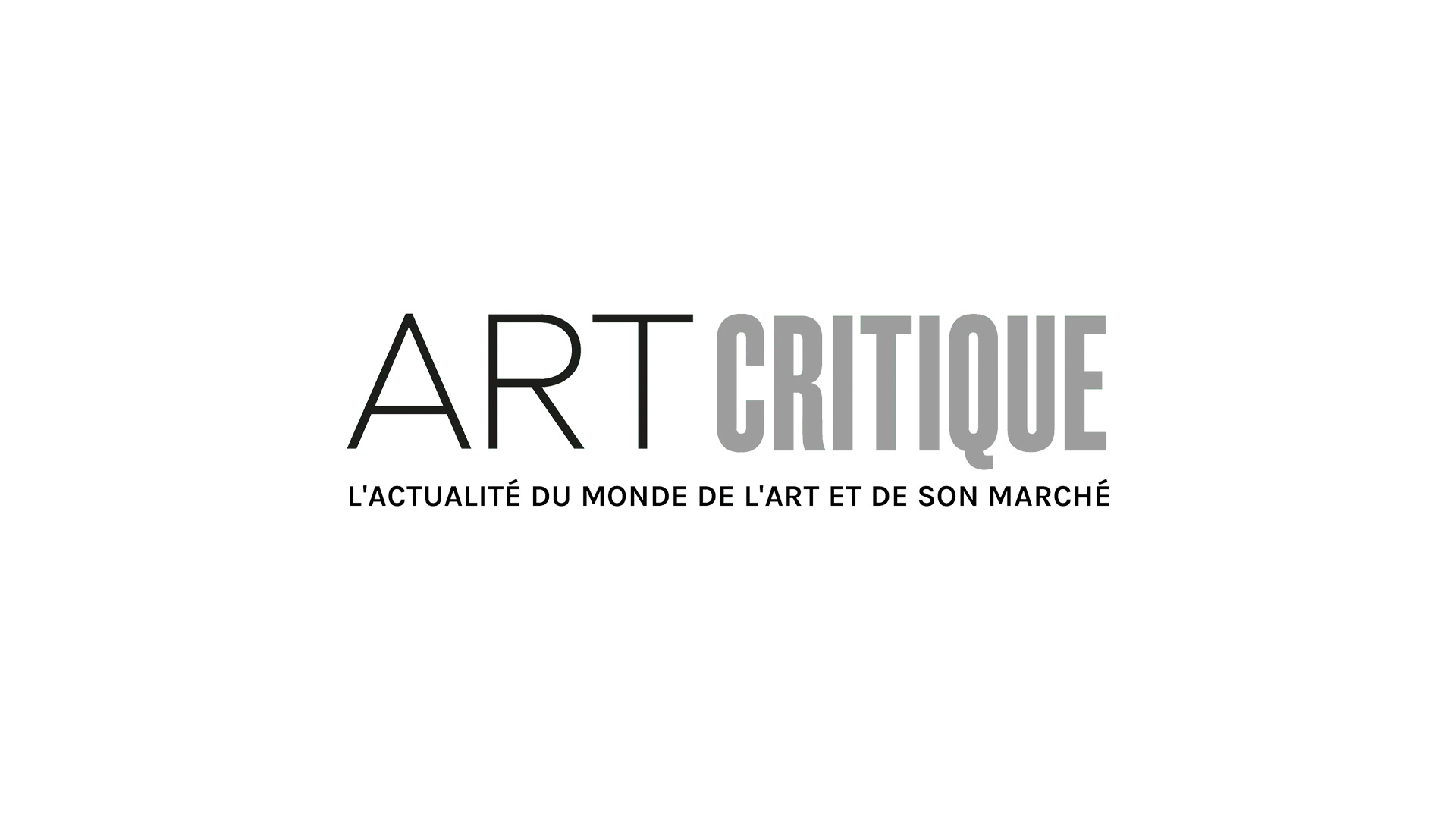Just when the Gallery Claude Bernard, where his work was frequently shown, had dedicated a booth to him at the Biennial, Sam Szafran, one of the most influential artists of the last 50 years, passed away at the age of 85. He died in Malakoff, in his studio-home where he had worked for many years and which had become almost legendary, especially because of his own representations of the space. Szafran, whose family was of Polish origin and whose childhood had been marked by the fear of Nazi violence, was essentially a Parisian from Paris; he had loved meeting the city’s artists of all backgrounds, many of whom had trusted him and had helped him during lean times – including Man Ray in Giacometti, who certainly exerted the strongest influence on him.
However, Szafran never developed an art of imitation. Gifted with a strong personality and a rich imagination, he struggled against the odds to produce work of a perfect singularity, including in his technique. At the beginning of the 1960s, he found his ideal medium of choice in pastel; as a lover of the virtually endless array of colours that could be painted with a brush, he employed a myriad of them. Later he achieved great success by working simultaneously with pastel and water colours. His works always demonstrated proof of immense refinement: Szafran instinctively understood the poetic power of precision.
Most of the time he applied his technical precision on interiors, although great urban landscapes also marked his final years. In his series entitled “Studios”, he conveyed the feeling of what he called his “chaos”. As a lithographer, he enjoyed depicting the very distinct world of printing houses; he possessed a masterful way of playing with the light emanating from large stained-glass windows. On several occasions he also employed the motif of the staircase, whose sometimes dizzying curves reflected his memories and obsessions. But probably the most famous and popular of Szafran’s pieces remains the acclaimed “Greenhouses”, where the overabundant foliage of large interior plants seemed to overwhelm the page, transforming it into a clever jungle, resistant to the classical laws of perspective, but not unfit to accommodate a human figure, like the mosaicists of the Middle Ages included small characters in the volutes of the Acanthus. Martine Franck splendidly expressed this grace and humor, in a magnificent photograph from 1983 where the artist is seen through the leaves of his favourite plants.
Sam Szafran’s importance cannot be overstated and he has been unconditionally praised by some of the most demanding critics, beginning with Jean Clair. It’s wonderfully fitting that his work is being shown at the same time as his death. It’s difficult not to think of the famous passage where Proust recounts the death of Bergotte; like the great writer’s books on illuminated windows, Szafran’s paintings at the Grand Palais “watch over us like angels with outstretched wings and seem, for someone who is no longer with us, like a symbol of his resurrection”.
Photo: Maeght Foundation.
This article was originally published in French by Art Critique’s Alain Rauwel on September 24th. Read the original here.






